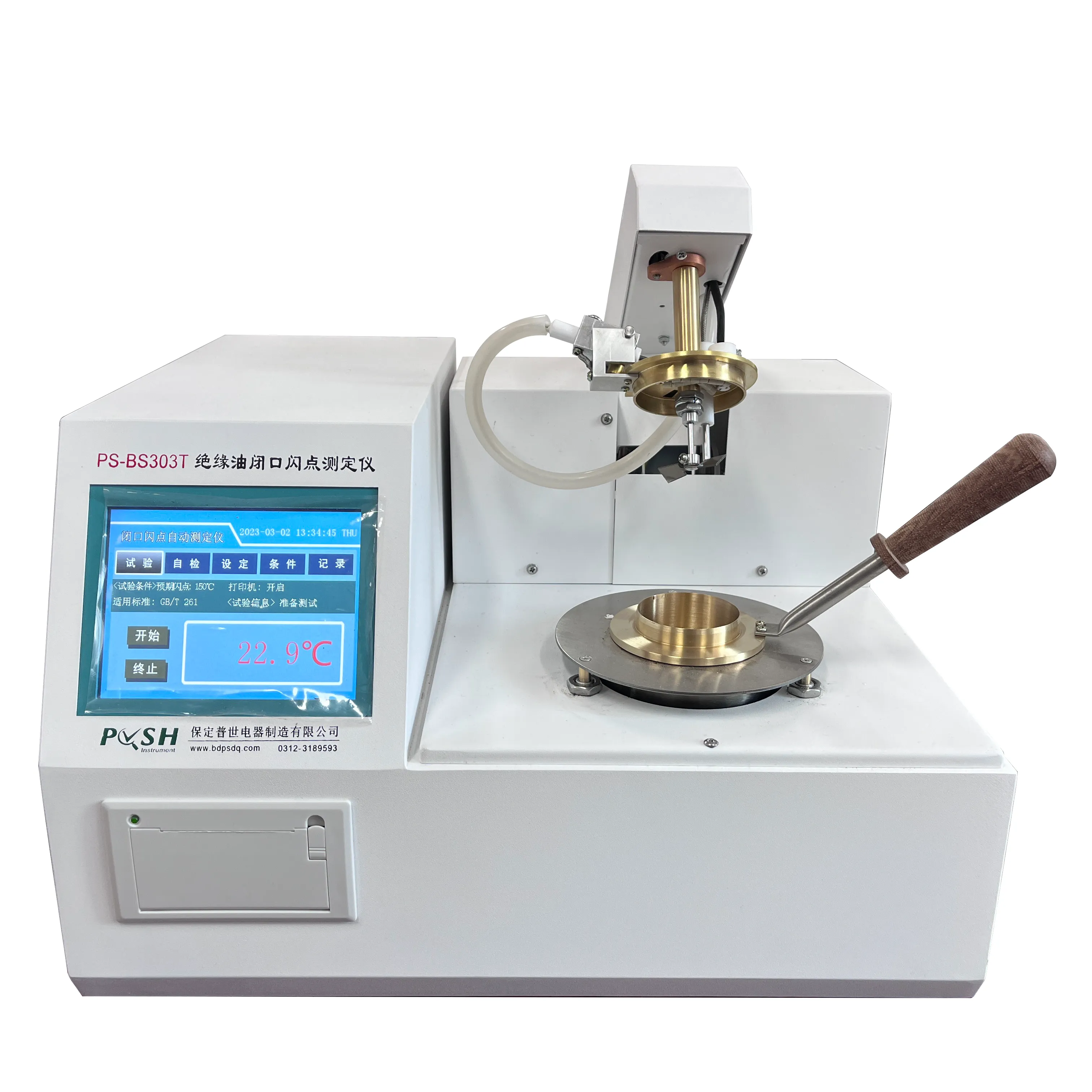 English
English



-
 Afrikaans
Afrikaans -
 Albanian
Albanian -
 Amharic
Amharic -
 Arabic
Arabic -
 Armenian
Armenian -
 Azerbaijani
Azerbaijani -
 Basque
Basque -
 Belarusian
Belarusian -
 Bengali
Bengali -
 Bosnian
Bosnian -
 Bulgarian
Bulgarian -
 Catalan
Catalan -
 Cebuano
Cebuano -
 China
China -
 China (Taiwan)
China (Taiwan) -
 Corsican
Corsican -
 Croatian
Croatian -
 Czech
Czech -
 Danish
Danish -
 Dutch
Dutch -
 English
English -
 Esperanto
Esperanto -
 Estonian
Estonian -
 Finnish
Finnish -
 French
French -
 Frisian
Frisian -
 Galician
Galician -
 Georgian
Georgian -
 German
German -
 Greek
Greek -
 Gujarati
Gujarati -
 Haitian Creole
Haitian Creole -
 hausa
hausa -
 hawaiian
hawaiian -
 Hebrew
Hebrew -
 Hindi
Hindi -
 Miao
Miao -
 Hungarian
Hungarian -
 Icelandic
Icelandic -
 igbo
igbo -
 Indonesian
Indonesian -
 irish
irish -
 Italian
Italian -
 Japanese
Japanese -
 Javanese
Javanese -
 Kannada
Kannada -
 kazakh
kazakh -
 Khmer
Khmer -
 Rwandese
Rwandese -
 Korean
Korean -
 Kurdish
Kurdish -
 Kyrgyz
Kyrgyz -
 Lao
Lao -
 Latin
Latin -
 Latvian
Latvian -
 Lithuanian
Lithuanian -
 Luxembourgish
Luxembourgish -
 Macedonian
Macedonian -
 Malgashi
Malgashi -
 Malay
Malay -
 Malayalam
Malayalam -
 Maltese
Maltese -
 Maori
Maori -
 Marathi
Marathi -
 Mongolian
Mongolian -
 Myanmar
Myanmar -
 Nepali
Nepali -
 Norwegian
Norwegian -
 Norwegian
Norwegian -
 Occitan
Occitan -
 Pashto
Pashto -
 Persian
Persian -
 Polish
Polish -
 Portuguese
Portuguese -
 Punjabi
Punjabi -
 Romanian
Romanian -
 Russian
Russian -
 Samoan
Samoan -
 Scottish Gaelic
Scottish Gaelic -
 Serbian
Serbian -
 Sesotho
Sesotho -
 Shona
Shona -
 Sindhi
Sindhi -
 Sinhala
Sinhala -
 Slovak
Slovak -
 Slovenian
Slovenian -
 Somali
Somali -
 Spanish
Spanish -
 Sundanese
Sundanese -
 Swahili
Swahili -
 Swedish
Swedish -
 Tagalog
Tagalog -
 Tajik
Tajik -
 Tamil
Tamil -
 Tatar
Tatar -
 Telugu
Telugu -
 Thai
Thai -
 Turkish
Turkish -
 Turkmen
Turkmen -
 Ukrainian
Ukrainian -
 Urdu
Urdu -
 Uighur
Uighur -
 Uzbek
Uzbek -
 Vietnamese
Vietnamese -
 Welsh
Welsh -
 Bantu
Bantu -
 Yiddish
Yiddish -
 Yoruba
Yoruba -
 Zulu
Zulu
oil distillation plant cost
Understanding the Costs of Oil Distillation Plants
Oil distillation plants are critical facilities in the petroleum industry, where crude oil is processed to produce various petroleum products. These products include gasoline, diesel, jet fuel, and other valuable hydrocarbon compounds. However, establishing and operating an oil distillation plant involves significant capital expenditure and operational costs. Understanding these costs is crucial for investors, stakeholders, and companies looking to enter or expand in the industry.
Initial Capital Costs
The initial capital costs for setting up an oil distillation plant can vary widely based on several factors, including the plant's capacity, complexity, technology used, and location. On average, constructing a mid-sized oil distillation plant can require an investment of tens of millions to several hundred million dollars. Key components contributing to this cost include
1. Land Acquisition The cost of land is a primary factor, especially in strategic locations near transportation hubs or ports. 2. Construction Building the plant itself, which includes various facilities such as storage tanks, distillation towers, and auxiliary systems.
3. Equipment and Technology This encompasses the purchase of distillation columns, heat exchangers, pumps, and control systems. The choice between traditional and advanced technologies can significantly influence costs.
4. Permits and Regulatory Compliance Navigating environmental regulations and obtaining necessary permits can lead to additional costs that must be factored into the overall budget.
5. Labor Costs Skilled labor is essential during the construction phase, and ongoing staffing costs need to be considered as well.
Operational Costs
Once the plant is operational, several ongoing costs must be managed
oil distillation plant cost

1. Feedstock Costs The price of crude oil is a major expense, and fluctuations in global oil prices can impact profitability. Effective feedstock supply agreements can mitigate some risks.
2. Energy Consumption Distillation is an energy-intensive process. The costs associated with electricity, steam, and other forms of energy are crucial to maintaining efficient plant operations.
3. Maintenance and Repairs Regular maintenance is essential to ensure the reliability of the equipment and minimize downtimes, which can be costly. Budgeting for routine repairs and unexpected failures is necessary.
4. Labor Costs The workforce required for plant operations, including engineers, technicians, and administrative staff, represents a significant portion of operational expenses.
5. Regulatory Compliance Ongoing costs related to environmental compliance, safety standards, and other regulations are critical to avoid fines and potential shutdowns.
6. Transportation and Distribution Costs related to the logistics of transporting crude oil to the plant and distributing refined products to various markets must be accounted for.
Economic Viability and Profitability
The viability of an oil distillation plant heavily depends on the balance between production costs and the sale price of refined products. Investors must carefully analyze market trends, pricing dynamics, and demand forecasts to ensure profitability. Additionally, diversification of product offerings can help mitigate risks associated with price volatility in specific segments.
Conclusion
Establishing and operating an oil distillation plant involves a comprehensive understanding of both capital and operational costs. For potential investors, it is essential to conduct thorough market research, financial forecasting, and risk assessment to navigate the complexities of the petroleum industry successfully. As global energy dynamics continue to evolve, staying informed about cost factors will be vital for achieving sustainable growth and profitability in the oil distillation sector. By strategically managing costs and optimizing processes, companies can improve their competitive edge in this challenging but rewarding industry.
-
Transformer Test Essentials: Insulating Oil Tester and TypesNewsMay.30,2025
-
Grease Testers and Oil Determination OverviewNewsMay.30,2025
-
Exploring Electricity Usage Testers and GeneratorsNewsMay.30,2025
-
Essential Guide to Transformer Oil Testing ToolsNewsMay.30,2025
-
Ensuring Safety with a Circuit Breaker FinderNewsMay.30,2025
-
Electrical Safety Tools Hipot, Dielectric, VLF TestersNewsMay.30,2025



